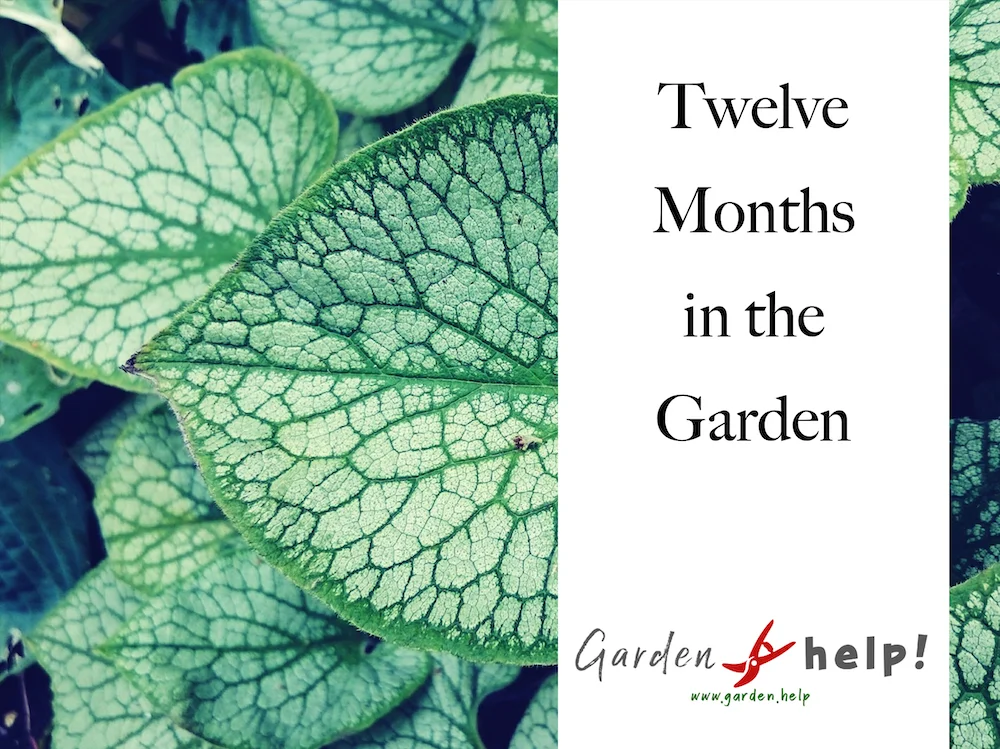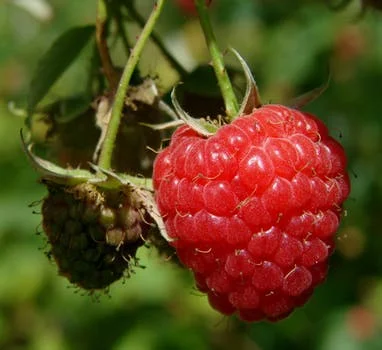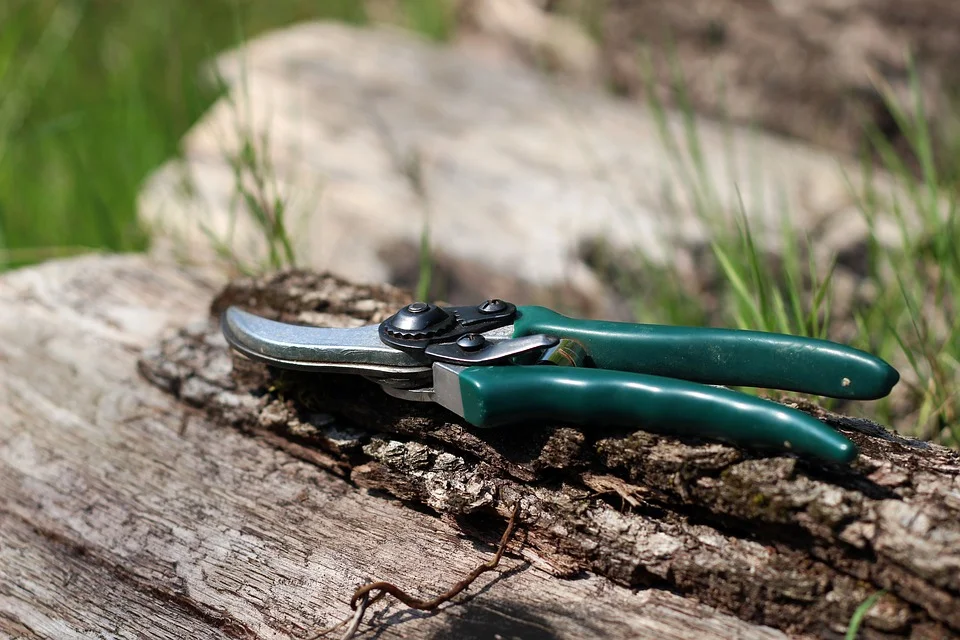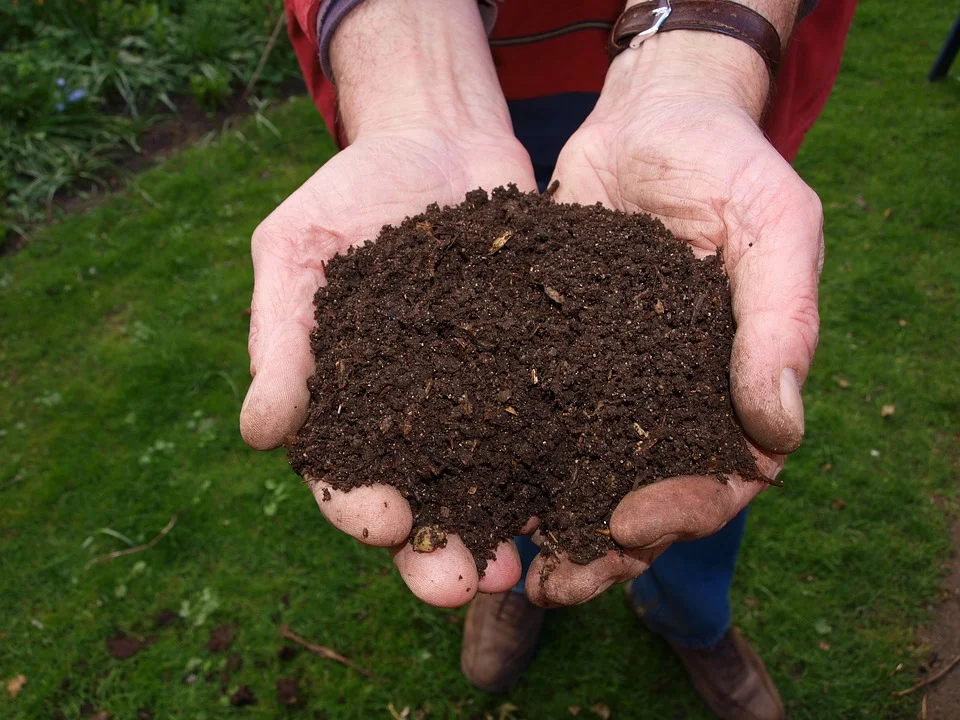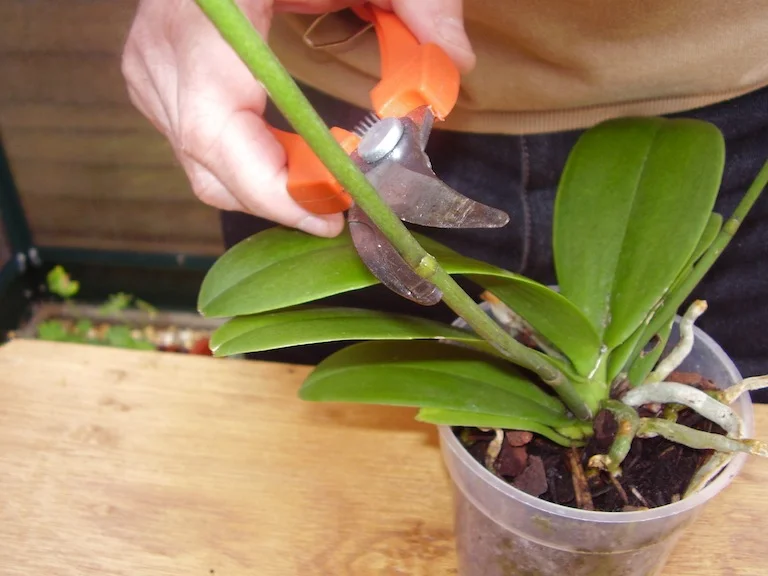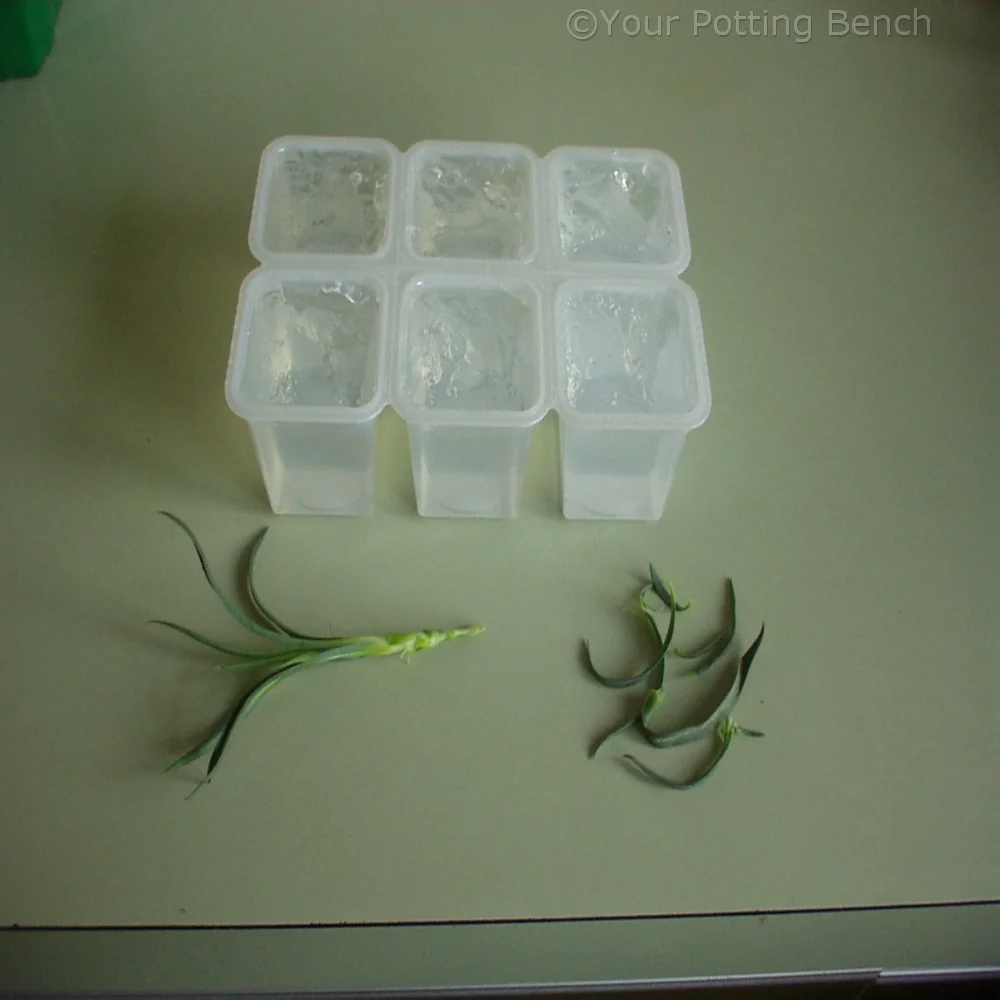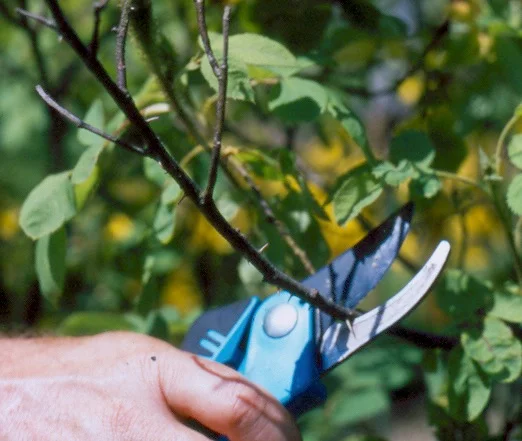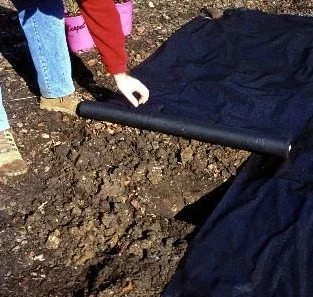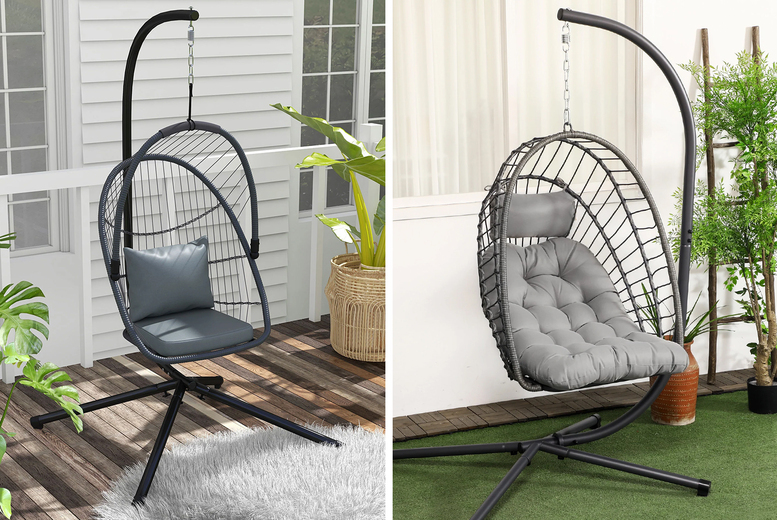Home > Question >
How can I propagate my Clivia plant?
Our Advice:
Clivias can be propagated through division or seed. Division is the most common method and is usually done in the spring or early summer when the plant is actively growing. To divide a Clivia, carefully remove it from its pot and gently separate the roots into smaller sections. Each section should have at least three or four leaves and a healthy root system. Plant each section in its own pot using a well-draining potting mix and water thoroughly.
Propagation by seed is also possible, but it is a slower process. Collect ripe berries from the plant and remove the pulp to reveal the seeds. Plant the seeds in a well-draining potting mix and keep the soil moist but not waterlogged. It can take several years for the seedlings to reach maturity and start producing flowers.
Here are some related questions:
Not what you are looking for?
If you can't find what you are looking for on the website then you can ask one of our experts. To get in touch with us Click Here
We will try to get back to you with an answer as soon as we can.
Here is some more information for you:
Clivias: Overview
Clivias are a genus of flowering plants native to South Africa. They are known for their attractive, long-lasting blooms and ability to thrive in low light conditions, making them a popular choice for indoor gardens and shady outdoor areas. Clivias are also commonly called "Kaffir lilies" or "Bush lilies."
Clivias: Characteristics
Clivias have large, strap-like leaves that grow in a rosette formation. The leaves are typically dark green and can grow up to 2 feet long. Clivias produce clusters of trumpet-shaped flowers in shades of orange, red, and yellow in the spring. The flowers can last for several weeks and are followed by bright red berries.
Clivias: Cultivation
Clivias are relatively easy to grow and care for, making them a popular choice for indoor and outdoor gardens. They prefer well-draining soil that is rich in organic matter, and they thrive in partial to full shade. Clivias are sensitive to overwatering and should be allowed to dry out slightly between waterings. They also benefit from occasional fertilization with a balanced fertiliser during the growing season.
Clivias: Propagation
Clivias can be propagated through division or by seed. Division is the most common method and involves separating the offshoots that form around the base of the plant and planting them in their own pots. Clivias can also be propagated from seed, although this method can be more difficult and time-consuming.
Clivias: Uses
Clivias are often used in indoor gardens and as border plants in shady outdoor areas. Their long-lasting blooms and attractive foliage make them a popular choice for adding colour to low-light spaces. They are also used in cut flower arrangements and as a source of nectar for hummingbirds and other pollinators.
Clivias are a versatile and attractive addition to any indoor or outdoor garden. With their long-lasting blooms, attractive foliage, and ability to thrive in low light conditions, they are a popular choice for adding colour to shady areas.
Did you find this answer useful? Subscribe to our newsletter for gardeing news, projects, special offers and competitions.
Ask another gardening question:
Learn More About Pests and Diseases
Gardening Projects for May
